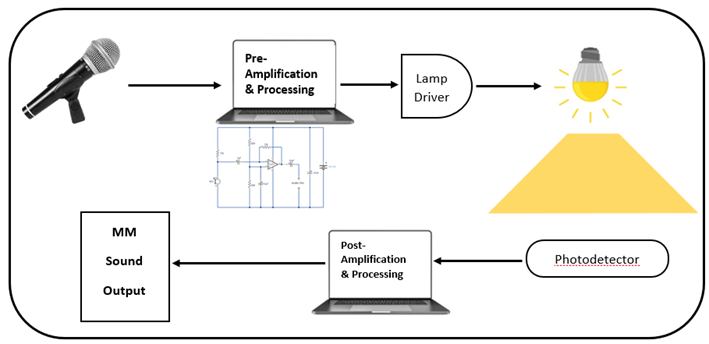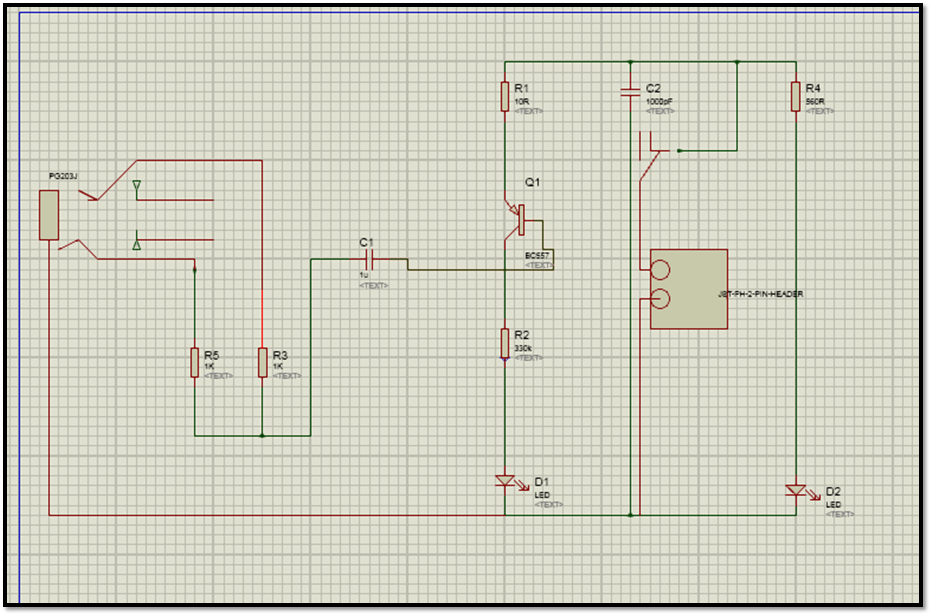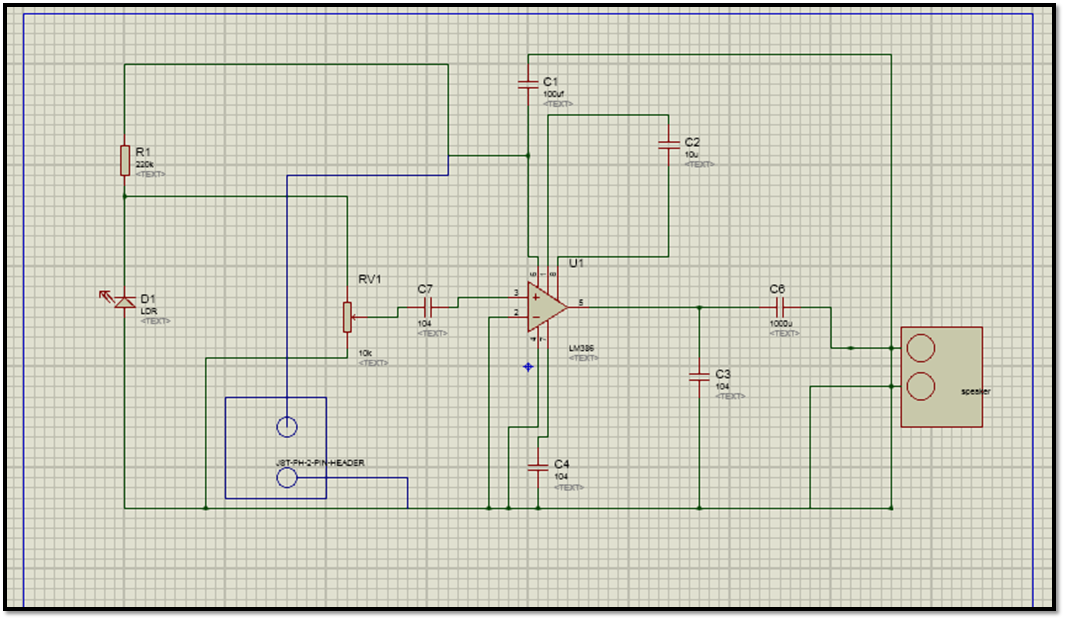Low Cost Led Source Based Transmission System for Achieving Freespace Li-Fi Multimedia Communication
- K.A.K.S. Surasinghe
- Y.A.A Kumarayapa
- -671
- Jul 24, 2024
- Information and Communication Technology
Low Cost Led Source Based Transmission System for Achieving Freespace Li-Fi Multimedia Communication
K.A.K.S. Surasinghe, Y.A.A Kumarayapa
Department of Electronics, Wayamba University of Sri Lanka, Kuliyapitiya, Sri Lanka
DOI: https://doi.org/10.51244/IJRSI.2024.1106051
Received: 25 May 2024; Revised: 13 June 2024; Accepted: 20 June 2024; Published: 24 July 2024
ABSTRACT
Physical network layer linking microprocessors are often used in congested office rooms. In forming new extensions with physical networking cables, may not be faceable or may not advantageous. Linking such communication to devices through free space transmission of multimedia signals with the use of optoelectronic devices is a major developing research area today. For that, different low cost optoelectronic sources were need to be tested while the same source should be able to use for normal light illumination of such office rooms. During this research project, a novel multimedia transmission system has been developed as an alternative solution for the aforementioned problem. Wi-Fi (Wireless Fidelity) based systems with radio wave may effects human lives. Nevertheless, the data transference speed is higher in Li- Fi (Light Fidelity) than Wi-Fi. Li- Fi based system which can be used for environmentally friendly non radiation hazardous, high data rate transmission network developing with low cost. The proposed system is at premium capable transmission level at present in order to transmit one multimedia component; sound waves using LI-FI. Using the proposed model, further development of the complete Li-Fi system can be made using locally available low cost components, which is an advantage. The concept of LED switching /blinking rate controlling was utilized here. The data transference rate is very high, so that it is impossible for the hackers to get through the connections. Nowadays, security is the rising demand for wireless data communication. The existing radio spectrum below 10 GHz has become inadequate. Hence, the wireless communication company has replied to this challenge by considering the radio spectrum beyond 10 GHz. There are many reasons which have been considered for the necessity to cover wireless network technologies expected to ever-increasing stipulation for wireless communications. Wi-Fi is facing many challenges; with manageability, service scalability, bandwidth capacity, cost effectiveness, availability, efficiency and security [Begam et el. (2021)].
In this research study, Li-Fi is principally transmission of data, via the illumination of distinctive LED bulb and using a photo detector to explore the signals. In order to bring low cost solutions for this research Study, normal LED and normal LDR were used to implement source and detector. Highest advantage of the system is nature friendliness than utilization of radio waves. As the future development, this system will be advanced for comprehensive full multimedia signal communicating system.
Keywords: Light Fidelity (Li- Fi), Multimedia communication, Optoelectronic devices
INTRODUCTION
Light is actually significantly part of our life over millions of years and does not have any major harmful influence. Normally we use light bulbs in domestic purposes as well in industry. Moreover we can use that Light for wireless communication as additional benefit. Li-Fi is member of optical wireless communication family and wireless communication is one of branches of telecommunications. Li-Fi can be classified as wireless channel based telecommunication contrary to wired links based telecommunication (Kabir et. el., (2022).
In the wireless communication network which we use, today face the difficulty of achieving fair access speed when connected to various devices. It creates a big problem when connected to multiple users, the fixed bandwidth which is available for the particular user makes it more difficult to revel high data transfer rates and connect to a secure network. When the number of users increases, it uses some aperture between the connections through which it is convenient for the hackers to get through the connections. Nowadays, the rising demand for wireless data communication, the existing radio spectrum below 10 GHz has become inadequate. The wireless communication company has replied to this challenge by considering the radio spectrum beyond 10 GHz. There are many reasons which have been considered for the necessity to cover wireless network technologies expected to ever-increasing stipulation for wireless communications, Wi-Fi is facing many challenges, manageability, service scalability, capacity, namely interoperability, cost effectiveness, availability, efficiency and security[Begam et el. (2021) ].
Li-Fi is principally transmission of data, via the illumination of distinctive LED bulbs and using a photo detector to explore the signals. Li-Fi is the solution as it is inexpensive and much more impressive than Wi-Fi. So in this project normal LED and LDR were used to implement low cost prototype. The proposed system used audio signal as the data. Also system can use for data transmission additional to the light. It is also nature friendly than radio waves. As the further development system can be used for transmit image and video with the help of LEDs [Aldarkazaly et al (2021)]
EXPERIMENTAL
The physical view and block diagram of the experimental arrangement is illustrated in Figure 1 and 2, follows.
Fig.1 physical view of the experimental arrangement
Fig.2 Block diagram of the purposed and designed circuit
Working principal of circuit
Two circuits are used in this project. First part is the transmitter and other one is the receiver. Audio signal is given to the transmitter circuit. The stereo signal, fed to the audio input of the transmitter is converted to a mono signal. Then the signal is filtered by the capacitor and passed to the transmitter. It behaves as switch and control the light source also it can convert audio signal to the sound signal. In this project, an LED (light emitting diode) is used as light source. According to the audio signal the LED is blinked; as per binary data 1 and 0, LED represents on and off states.
In the receiver circuit there is a LDR (Light Depend Resistor) that can detect the ‘ON’ and ‘OFF’ states that are transmitted from the LED. The LDR connected to the resistor is used as a potential divider .Using variable resistor, the LDR can change the gain of the Op Amp and it can control the volume. Finally speaker gives the output as sound. That is the basic process of the system .The specialty of this project is it implementation budget is very low. Compared commercial speed method, it can be implement for multimedia signal transmission through free space.
There two major circuits that used for audio signal transmission are given below.
Fig.3 The transmitter circuit for the designed system
Fig.4 The receiver circuit for the designed system
RESULTS AND DISCUSSION
When an audio signal is fed to the transmitter of the system which can transmit through the free space and receive that signal from the Optoelectronic receiver, the speaker of the receiver system can produce the sound output. Output sound is sometimes not clear with noises. Because there can be some effect from light from the environment disturbances. By adding much advanced amplifier-filter circuits, the noises can be reduced. Also using Laser and IR device such data can be transmit through the free space with less absorbance effects, making less noise. But LASER is costly and it cannot be used as room illumination purpose. Also IR-LASER can support transmission for higher distances than Visible Light or IR LED. But it cannot be used for domestic data transmission and the room illumination both at once.
CONCLUSION
The proposed system can be used to transmit audio signal data in addition to provide illumination. This is a compact design to avoid disturbances occur due to physical network cables. There are many advantages in the system than other wireless system such as nature friendly, low cost, durability, security and with component availability. The transmitting signal consists of shorter wave length than radio and IR waves; this contributing to have a higher frequency. The data rate of the signal is higher than other transmitting signals. By using the designed system data can be transmitted within a LAN area network in congested rooms. The system can be modified in order to transmit video and image using large array of micro LEDs placed at overhead.
ACKNOWLEDGMENT
Authors would like to extend their sincere thanks to all the staff members of the Department of Electronics, Wayamba University of Sri Lanka and for all those who supported for this project’s success.
REFERENCES
- Kabir, A., Ahammed, M. T., Das, C., et al. (2022). Light fidelity (Li-Fi) based indoor communication system. Communication Conference. Retrieved from ieeexplore.ieee.org
- Begam, J. N., Askarali, N., Natarajan, A., et al. (2021). Arduino Based Visible Light Communications Between Two Devices Using Li-Fi Technology. Communication Conference 2021.
- Aldarkazaly, Z. T., & Alwan, Z. S. (2021). Transfer data from PC to PC based on Li-Fi communication using Arduino. International Journal of Advanced Science, Engineering, and Information Technology. Retrieved from researchgate.net





